Faith Ringgold on capturing the complexity of the American experience: ‘It takes courage to be free’
We interview trailblazing American artist Faith Ringgold, whose major retrospective exhibition ‘American People’ runs until 27 November at the de Young Musuem, San Francisco

Faith Ringgold is an artist with a humble manner, though her impact on art history is nothing of the sort. Born in Harlem, NY, in 1930, Ringgold is amongst the most important political artists of our time. With powerful, emblematic narratives, she has spent five decades uncovering the many subjectivities of history, challenging historic stereotypes and false truths of African-American identity, championing underrepresented narratives and drawing attention to gender inequality. Ringgold’s bold, indelible impact on art history and the lives of Black Americans, Black women and Black people more widely can never be erased.
With a major retrospective now on view at San Francisco’s de Young Museum, Ringgold is gratified by the recent response to her work. ‘My mother always said I would have to work twice as hard to go half as far. I believed in myself – as my family did – and just kept working no matter what the response was. I am delighted to see my work appreciated by so many,’ says the artist, whose work is framed intellectually from her position in the Harlem Renaissance.

Faith Ringgold, The American People Series #19: US Postage Commemorating the Advent of Black Power, 1967
Ringgold’s work in narrative quilting has made her a pioneer of the medium. Her ‘story quilts’ are actually paintings – acrylic on canvas – with pieced fabric borders. Unduly associated with craft, the medium has been adopted into the narrative of contemporary art in more recent times. Though Ringgold did not consider herself a pioneer at the time. ‘Throughout my professional life I felt free to do whatever I wanted to do – and use whatever material was suitable for my vision. I felt no limitation.’
As well as her tapestries, her narrative scenes – such as the American People series, the focus of the de Young exhibition – confront race relations in 1960s America. A mural-scale painting concludes the series, culminating in violent chaos with the riots that were erupting throughout the country. Fighting in the streets and the undocumented killings of African-American people were frequent. Blood is drawn and spatters evenly; the struggle touches all. Done-up, buttoned businessmen represent the core of the struggle; a battle amongst the middle class for the surety of their social positioning.
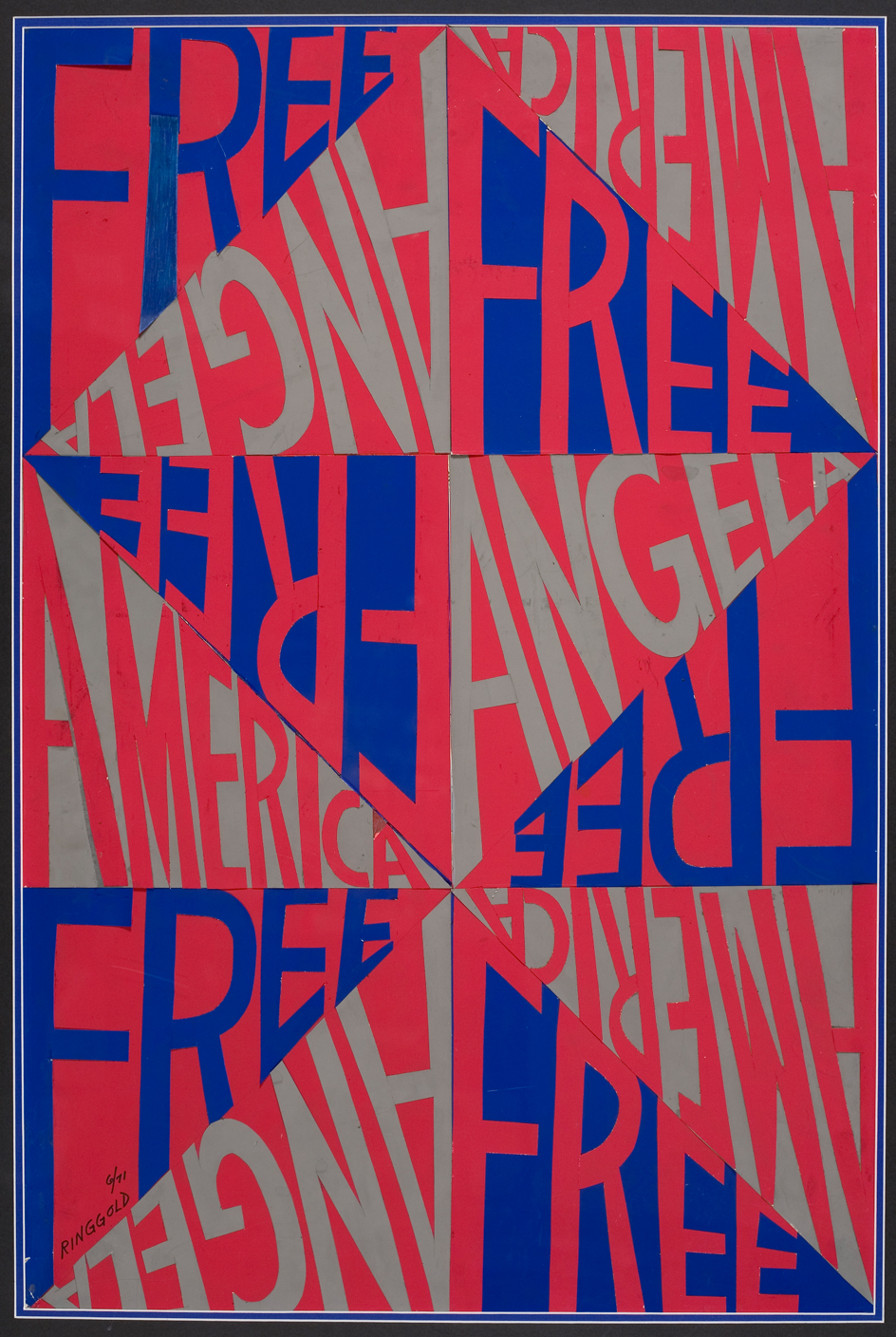
Faith Ringgold, America Free Angela, 1971
‘The images I created reflect my experiences and what was going on around me. In the 1960s, I embraced the civil rights movement because Black artists were being overlooked. In the 1970s I embraced the women’s movement because female artists were ignored more than men. I think the same issues are relevant today.’ Many of the key works of the Black Arts Movement were solely focused on Black masculinity, and this often threatened to drown out the voices and messages of Black women artists of the movement. Indeed, Ringgold would come to realise, after joining, that the movement would serve to give men power over women. Ringgold’s work is an expression of freedom, as an African-American, as a woman, and above all else as a Black woman.
‘I hope people will be inspired by my art and find the courage as I did to do whatever they feel moved to do – whether it’s in art, science or any discipline. It takes courage to be free and express one’s own vision. Everyone is important and has a unique story to tell.’
We are living in an age where purpose is being reinvented and historical narratives are being uncovered and afforded due attention. How far have we come and how much farther do we have to go? To this, Ringgold muses ‘We have made progress to a certain extent but there is a long journey ahead. There is much work to do before our society attains true social justice. These past few years have exposed the extent of prejudice in our society. There is a lot of catching up to do before there is true equity.’
Receive our daily digest of inspiration, escapism and design stories from around the world direct to your inbox.
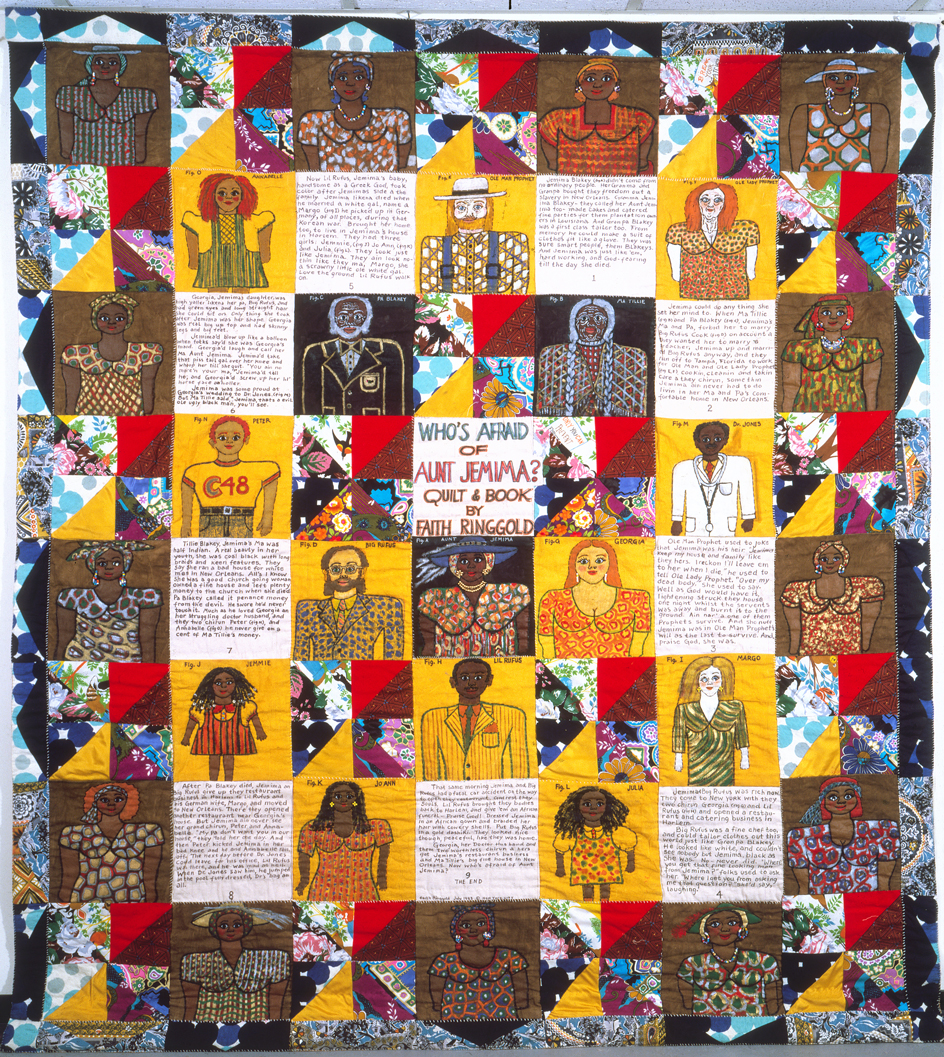
Faith Ringgold, Who's Afraid of Aunt Jemima?, 1983
Ringgold allows us to believe in the possibility of freedom; her work is deeply personal yet universal. It unravels an experience shared by many through her unique perspective. It can be said that some of the best art is made through the exploration of one’s own experience. Ringgold agrees: ‘It is essential for an artist to find their voice. What distinguishes a great artist from a mediocre one is their artistic vocabulary. One may be influenced or inspired by another artist's vision, but finding one’s own distinct voice is the goal. You cannot make art about anything you haven’t experienced.’ Ringgold’s work draws you in because faith is at the centre; to look at her multifaceted oeuvre is to enter a relationship with history, her story and your own.
Ringgold is rightly credited with expanding the American story; but at the core of her work, her own deeply nuanced story resonates, a story for us all to share. Art is a unique expression of life, and Ringgold's expression urges us to take notice of a bigger story, more American People, and a more expansive humanity.
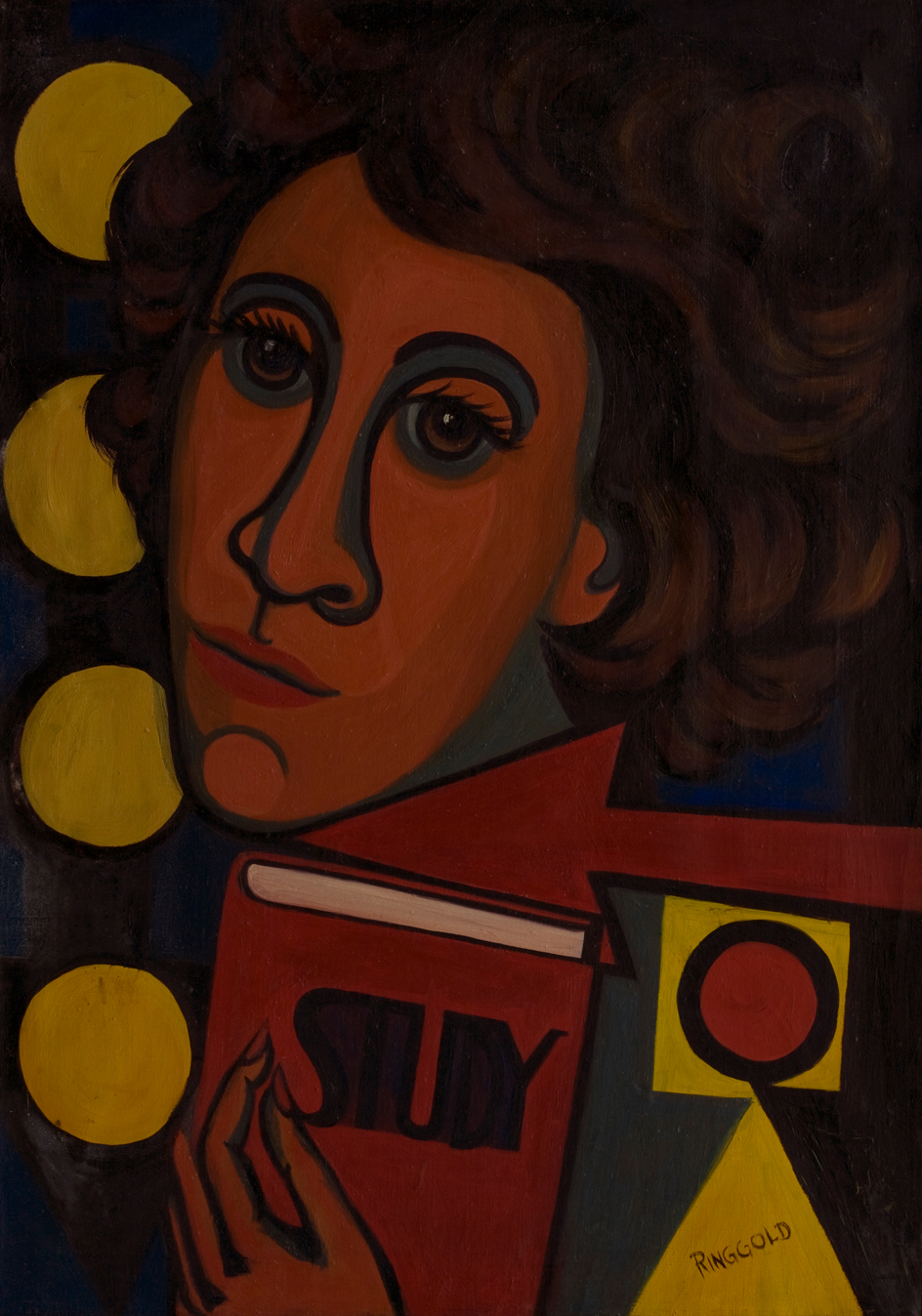
Faith Ringgold, American People Series #10: Study Now, 1964
'Faith Ringgold: American People', until 27 November 2022 at the de Young Museum, San Francisco. deyoung.famsf.org
-
 The White House faced the wrecking ball. Are these federal buildings next?
The White House faced the wrecking ball. Are these federal buildings next?Architects and preservationists weigh in on five buildings to watch in 2026, from brutalist icons to the 'Sistine Chapel' of New Deal art
-
 Georgia Kemball's jewellery has Dover Street Market's stamp of approval: discover it here
Georgia Kemball's jewellery has Dover Street Market's stamp of approval: discover it hereSelf-taught jeweller Georgia Kemball is inspired by fairytales for her whimsical jewellery
-
 The best way to see Mount Fuji? Book a stay here
The best way to see Mount Fuji? Book a stay hereAt the western foothills of Mount Fuji, Gora Kadan’s second property translates imperial heritage into a deeply immersive, design-led retreat
-
 This Gustav Klimt painting just became the second most expensive artwork ever sold – it has an incredible backstory
This Gustav Klimt painting just became the second most expensive artwork ever sold – it has an incredible backstorySold by Sotheby’s for a staggering $236.4 million, ‘Portrait of Elisabeth Lederer’ survived Nazi looting and became the key to its subject’s survival
-
 Meet Eva Helene Pade, the emerging artist redefining figurative painting
Meet Eva Helene Pade, the emerging artist redefining figurative paintingPade’s dreamlike figures in a crowd are currently on show at Thaddaeus Ropac London; she tells us about her need ‘to capture movements especially’
-
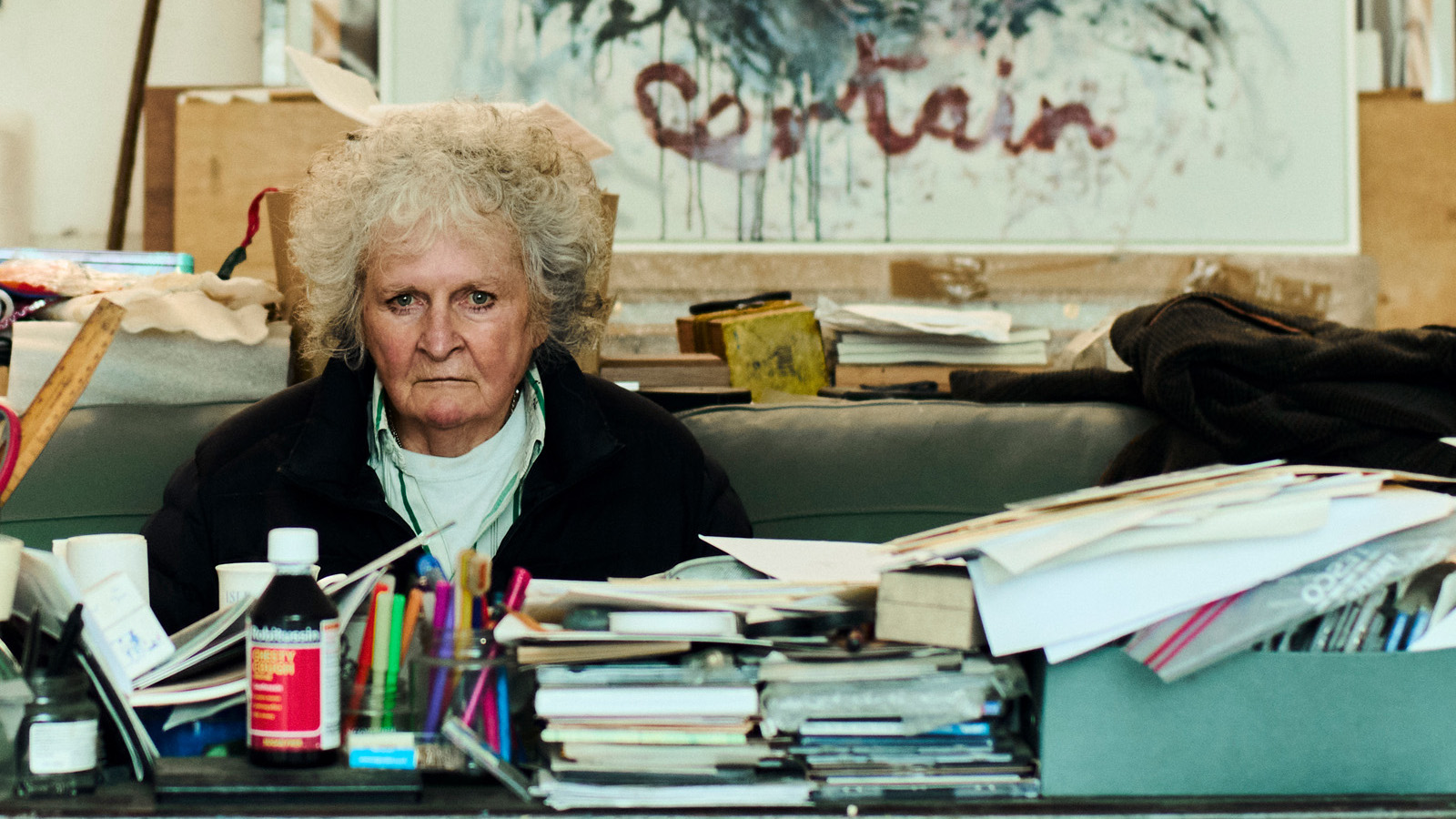 Maggi Hambling at 80: what next?
Maggi Hambling at 80: what next?To mark a significant year, artist Maggi Hambling is unveiling both a joint London exhibition with friend Sarah Lucas and a new Rizzoli monograph. We visit her in the studio
-
 Out of office: The Wallpaper* editors’ picks of the week
Out of office: The Wallpaper* editors’ picks of the weekThis week, the Wallpaper* editors curated a diverse mix of experiences, from meeting diamond entrepreneurs and exploring perfume exhibitions to indulging in the the spectacle of a Middle Eastern Christmas
-
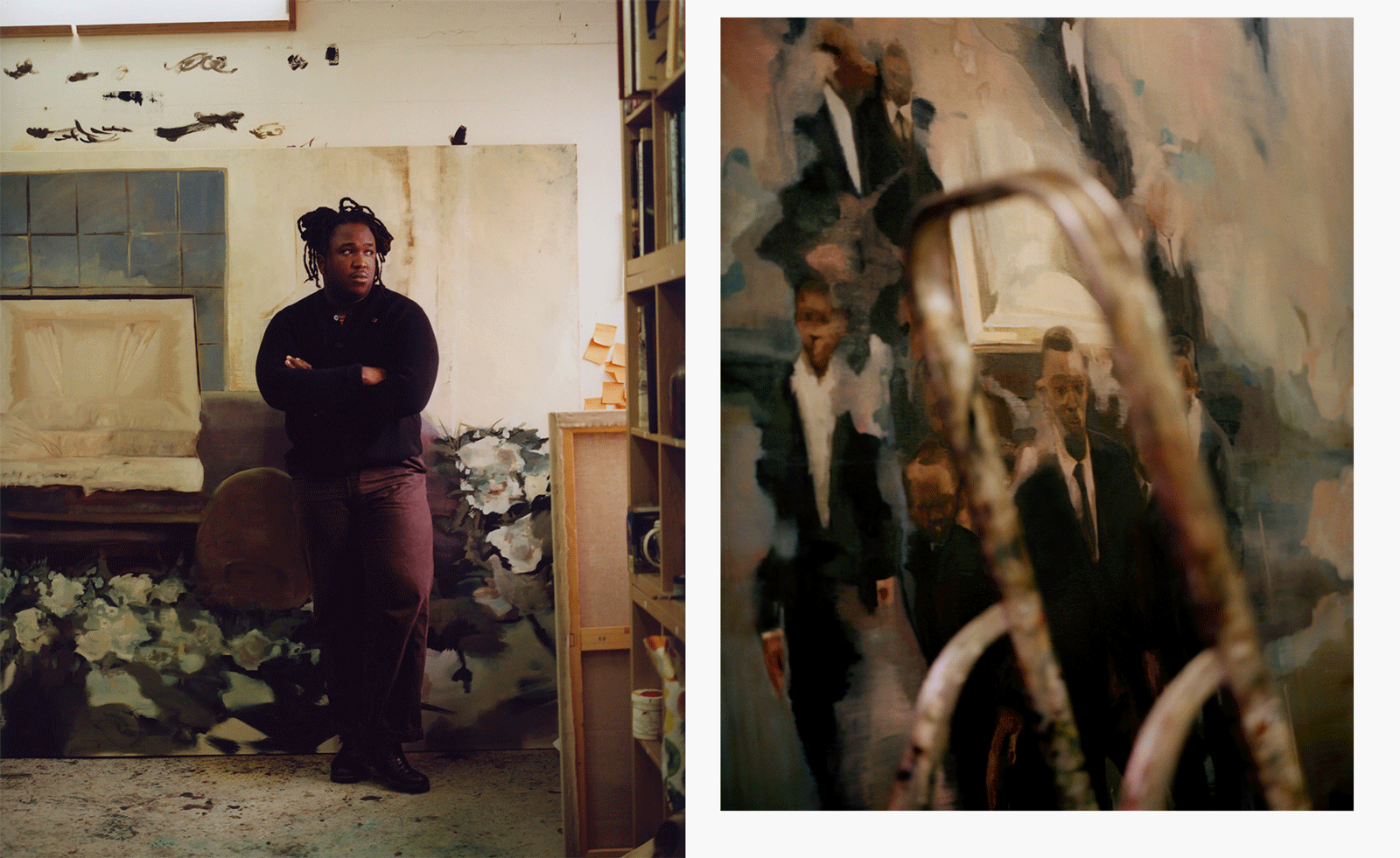 Artist Shaqúelle Whyte is a master of storytelling at Pippy Houldsworth Gallery
Artist Shaqúelle Whyte is a master of storytelling at Pippy Houldsworth GalleryIn his London exhibition ‘Winter Remembers April’, rising artist Whyte offers a glimpse into his interior world
-
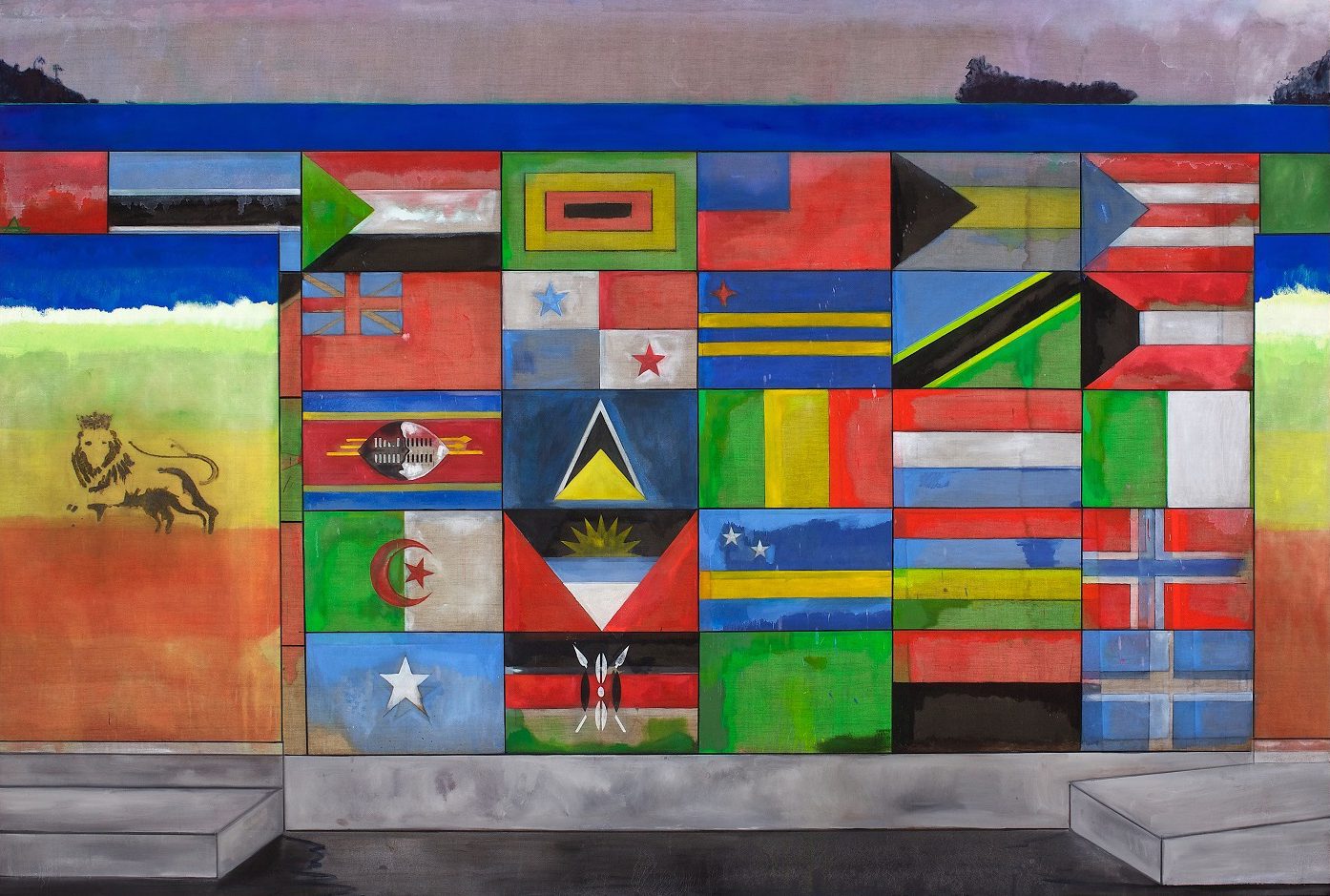 ‘Sit, linger, take a nap’: Peter Doig welcomes visitors to his Serpentine exhibition
‘Sit, linger, take a nap’: Peter Doig welcomes visitors to his Serpentine exhibitionThe artist’s ‘House of Music’ exhibition, at Serpentine Galleries, rethinks the traditional gallery space, bringing in furniture and a vintage sound system
-
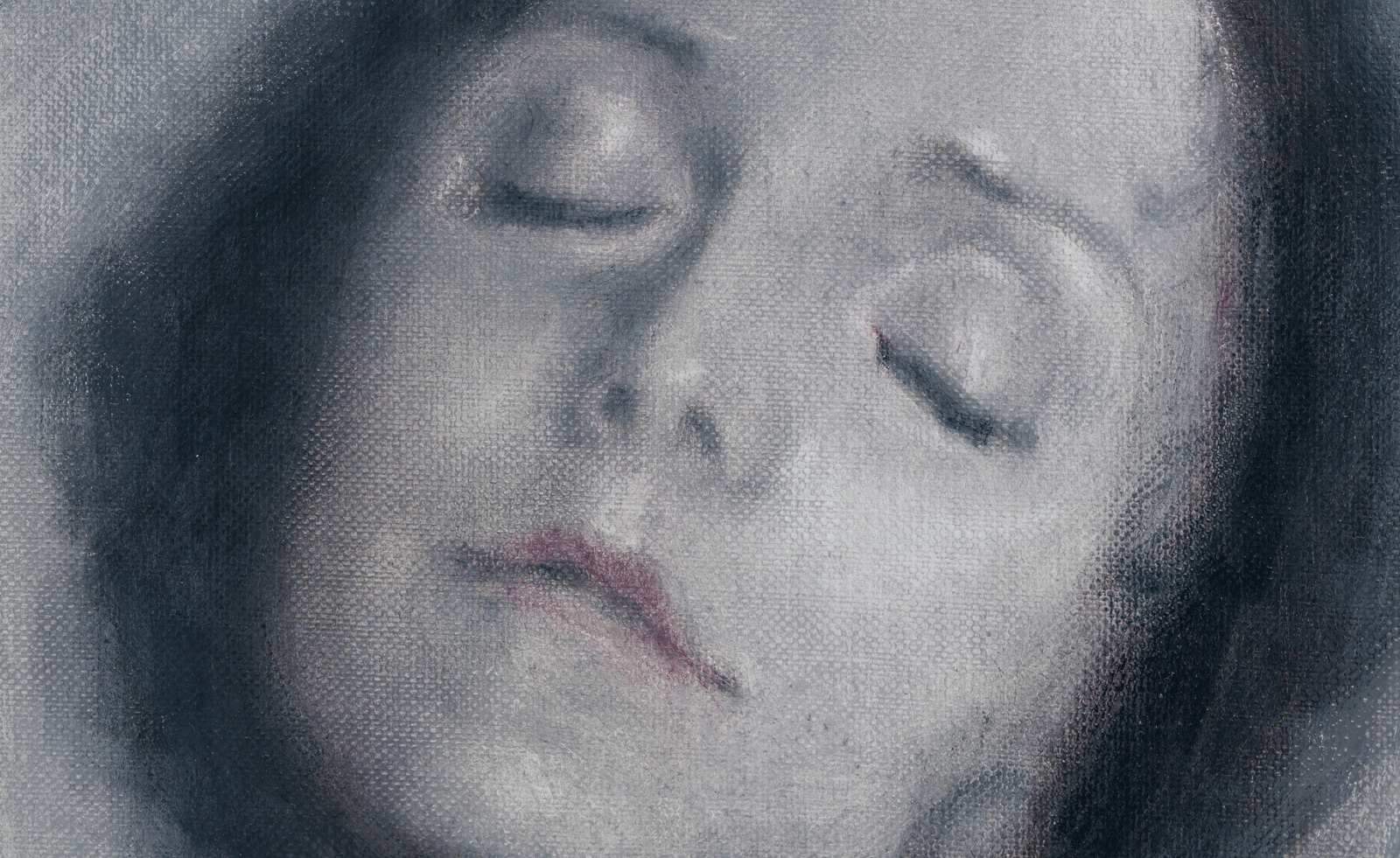 Classic figurative painting is given a glamorous and ghostly aura by Polish artist Łukasz Stokłosa
Classic figurative painting is given a glamorous and ghostly aura by Polish artist Łukasz StokłosaThe gothic meets the glamorous in Stokłosa’s works, currently on show at London’s Rose Easton gallery
-
 What's the story with Henni Alftan’s enigmatic, mysterious paintings? The artist isn’t saying
What's the story with Henni Alftan’s enigmatic, mysterious paintings? The artist isn’t sayingParis-based artist Henni Alftan's familiar yet uncanny works are gloriously restrained. On the eve of a Sprüth Magers exhibition in Berlin, she tells us why